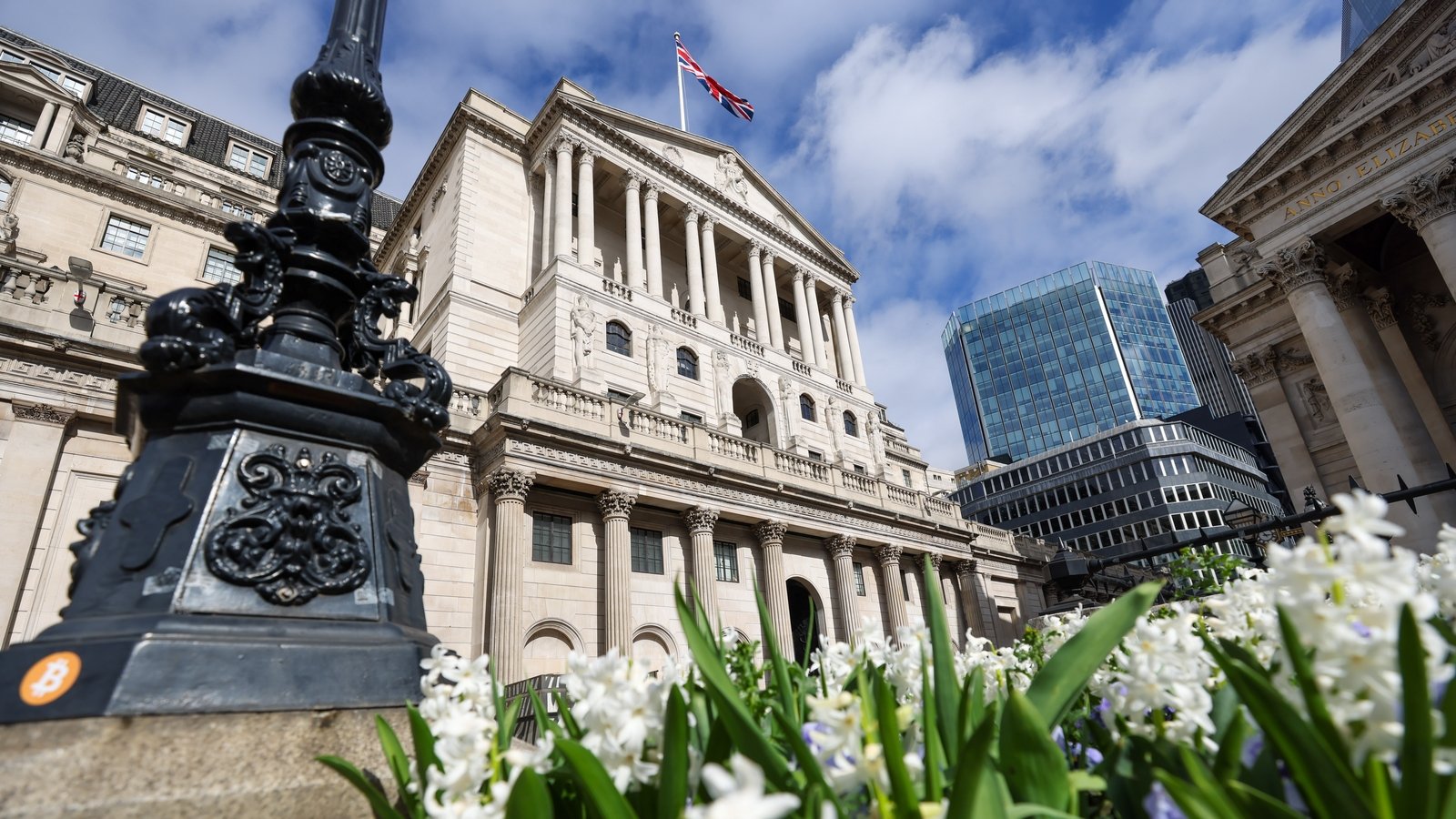The Bank of England cut interest rates today for only the second time since 2020 and said future reductions were likely to be gradual, seeing higher inflation and growth after the new government’s first budget.
The Bank of England’s Monetary Policy Committee voted 8-1 to cut interest rates to 4.75% from 5%, a stronger majority than expectations in a Reuters poll for a 7-2 vote in favour of a cut.
Catherine Mann dissented, preferring to keep rates on hold.
“We need to make sure inflation stays close to target, so we can’t cut interest rates too quickly or by too much,” Bank of England Governor Andrew Bailey said in a statement.
“But if the economy evolves as we expect it’s likely that interest rates will continue to fall gradually from here,” he added, broadly echoing his language after September’s meeting.
The Bank of England predicted that finance minister Rachel Reeves’ budget last week – which entails big increases in tax, spending and borrowing – would boost the size of Britain’s economy by around 0.75% next year but barely improve annual growth rates in two or three years’ time.
Her plan was likely to add just under half of a percentage point to the rate of inflation at its peak in just over two years’ time, the Bank of England said, causing inflation to take a year longer to return sustainably to its 2% target.
The Bank of England’s cautious language on the future interest rate cuts was similar to previous months, in keeping with investors’ view that it is likely to cut interest rates more slowly than the European Central Bank.
The Bank of England did not refer to Donald Trump’s US election victory, which has prompted a big reduction in bets that the Federal Reserve will cut interest rates aggressively.
Financial markets yesterday were pricing between two and three interest rate cuts from the Bank of England in 2025 – down from around four before the budget.
The Bank of England said inflation was likely to rise to around 2.5% by the end of this year from 1.7% in September and hit 2.7% by the end of next year, before falling gradually below its 2% target by the end of the three-year forecast.
UK government decisions to raise the cap on bus fares, hike value-added tax on private school fees and increase employers’ social security contributions were likely to boost inflation.
With the latter measure combining with a 6.7% hike in the national minimum wage, the Bank of England said employers faced rising costs – although it could not be certain of the overall effect on inflation as employers might respond by sacking staff or accepting lower profits.
While the Bank of England downgraded its forecast for average economic growth this year to 1% from 1.25%, reflecting recent revisions to past growth, it raised its forecast for 2025 to 1.5% from 1%.
“This reflects the stronger, and relatively front-loaded, paths for government consumption and investment more than offsetting the impact on growth of higher taxes,” the Bank of England said.
While the Bank of England’s forecasts for growth and inflation include the impact of higher spending and taxes, they do not include the effect of a big rise in market borrowing costs since the budget as it set those assumptions beforehand and did not update them.
If the now higher market interest rates were factored in, the outlook for inflation and growth would likely be a bit lower.
The Bank of England repeated its message that monetary policy would need to stay “restrictive for sufficiently long” to return inflation sustainably to the 2% target.

